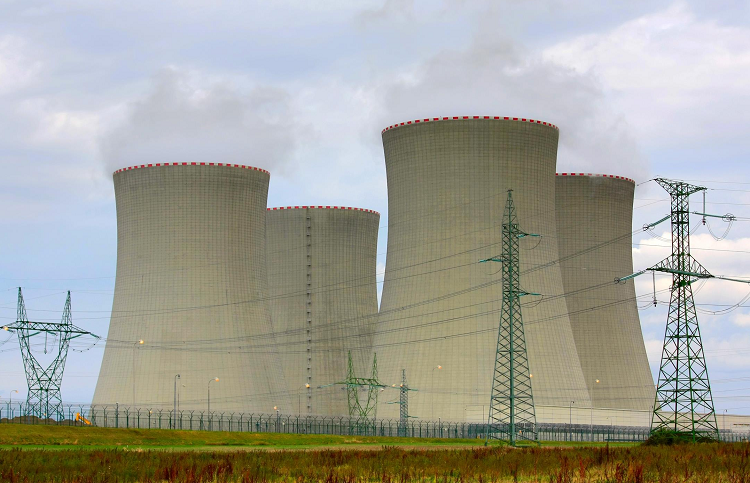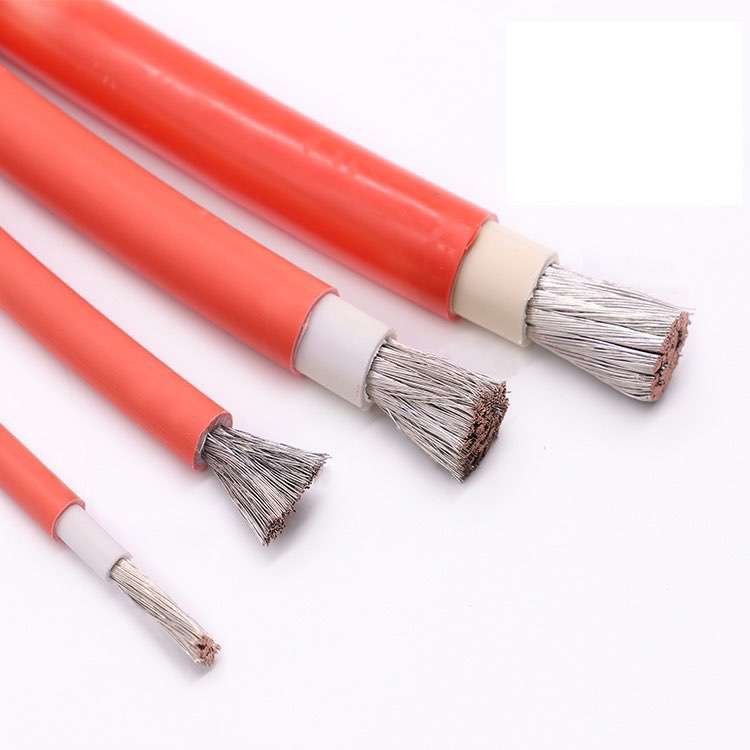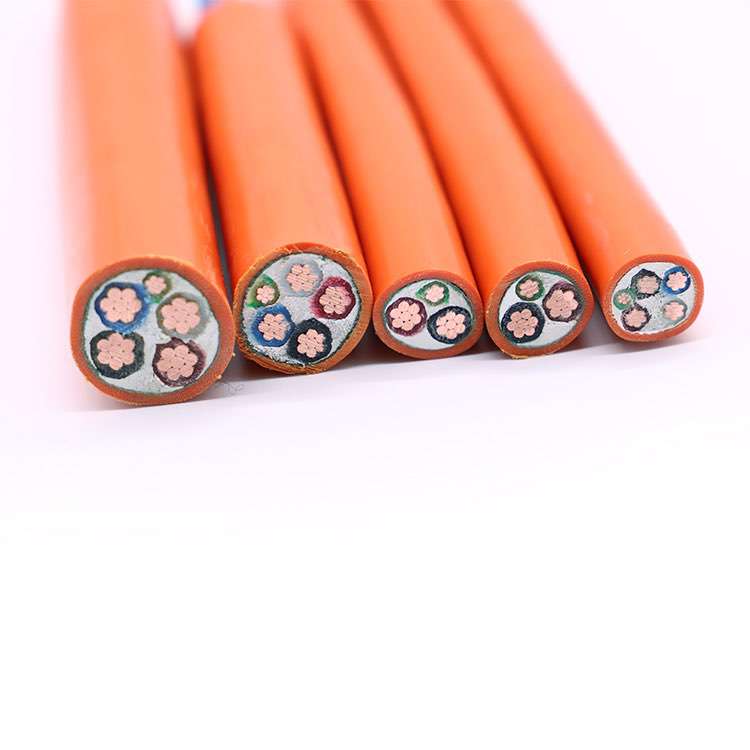 Author: Joey Wan
Author: Joey Wan  January 04,2021
January 04,2021
Nuclear power plants, namely nuclear power plants, or nuclear power plants, are extremely important engineering projects. New requirements for the safety of nuclear power plant cables are not only flame retardant, but also the amount of smoke and corrosive hydrogen halide gas produced during combustion. As little as possible, it is necessary to have the previous flame-retardant properties, do not produce hydrogen halide gas during combustion, and at the same time can be suitable for the inherent working environment of nuclear power plants. So what properties are required for cables suitable for nuclear power plants?

1. Environmental resistance. For nuclear power plant cable materials, in addition to the properties required by general cable materials, they must also have environmental resistance required by the inherent working environment of nuclear power plants.What environmental performance does nuclear power plant cable materials need to withstand?
1) Heat resistance. Because nuclear power plant cables often work in high-temperature environments, they are required to have long-term heat-resistant performance, so the materials for nuclear power plant cables should of course have heat-resistant properties. For this reason, suitable polymers and antioxidants need to be selected.
2) Radiation resistance. When cables used in nuclear power plants are exposed to a large amount of gamma rays, the cable insulation and sheath materials will become brittle and the mechanical properties will deteriorate. Therefore, as insulation and sheath materials for cables in nuclear power plants, they must have excellent radiation resistance. The molecular structure of the basic polymer in the cable material plays a decisive role in the radiation resistance of the cable material. After research, it is found that in order to prevent the polymer material from aging after being irradiated by radiation, an anti-radiation agent can be added to the polymer to improve the radiation resistance of the polymer material. Anti-radiation agents can be divided into antioxidants and ultraviolet absorbers. In ethylene-propylene rubber, the method of using ultraviolet absorbers to absorb energy is more effective in keeping the material stable than the method of using antioxidants to capture free radicals.
3) LOCA resistance. In nuclear power plants, when the Loss of Cooling Acident (Loss of Cooling Acident, abbreviated as LOCA) and High Energy Line Break (High Energy Line Break. abbreviated as HELB) occur, the cable will be impacted by high temperature and high pressure steam and corrosive chemicals. It is prone to LOCA (LOCA and HELB are generally referred to as LOCA). Therefore,nuclear power plant cables should have LOCA resistance. Generally, cross-linked polyethylene has the best LOCA resistance.

2. The cables of nuclear power plants also need to have flame-retardant properties. In the fire of nuclear power plants, fires caused by cables are particularly concerned. Therefore, there is no doubt that it must be flame-retardant for cable materials used in critical workplaces such as nuclear power plants. In most nuclear power plant cables, the insulation materials are mostly ethylene-propylene rubber, cross-linked polyethylene, etc., and the sheath materials are mostly polyvinyl chloride, chlorosulfonated polyethylene, and neoprene.

JZD cable is a wire and cable manufacturer with 20 years of production experience. We provide cables for power stations, hospitals, airports and many other projects. Welcome to contact us for more local cases and more cable knowledge.
